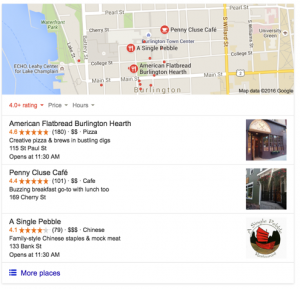OK, what got me thinking about this was a client requested research on a vendor that specializes in VDP traffic. The results were terrible. I couldn't believe how bad the metrics were.
So, instead of jumping straight to conclusions, I wanted to see if anyone else had a POV that would make me think about it differently.
My thoughts...It's a dead end page. The last place I want to drop an offsite click.
@Tallcool1 said something similar to my initial reaction...It's like putting someone in a car for a test drive before you ask them a single question.
@Rick Buffkin &
@Chris Leslie both made some really good points about reorganizing the page. I do think VDP's are organized poorly and lack the ability to lead the customer. We have tried dynamically driven pages in the past, with mixed results. That said, there were some things you mentioned that we didn't include.
All said, It seems like there is some solidarity. There are instances where it could be a good landing page, but more than the basic vehicle information is needed to help turn a casual shopper into an interested shopper. Ultimately there are better landing pages.
I'm going to turn this into a bigger research project and see what pages are better and why...I'll report the results. If anyone is interested in collaborating holler at me.










